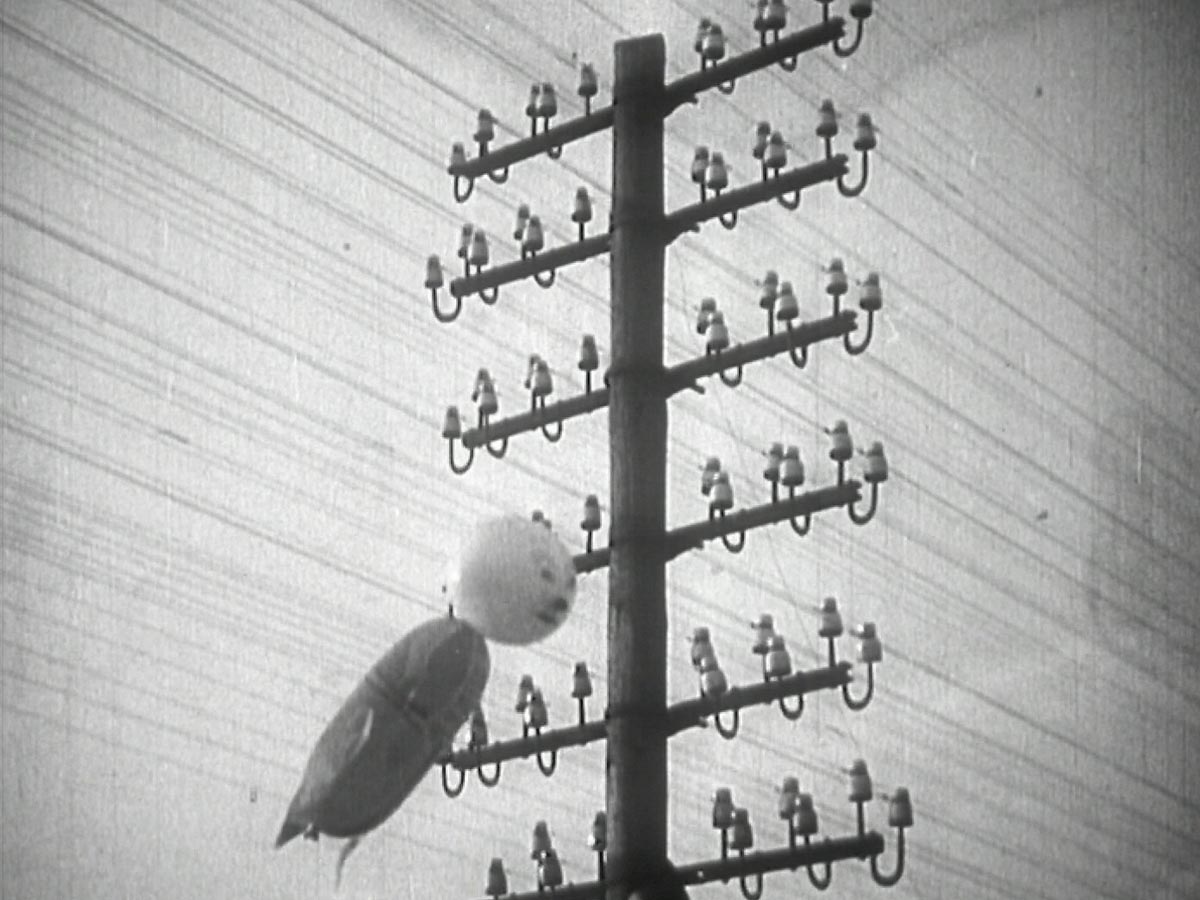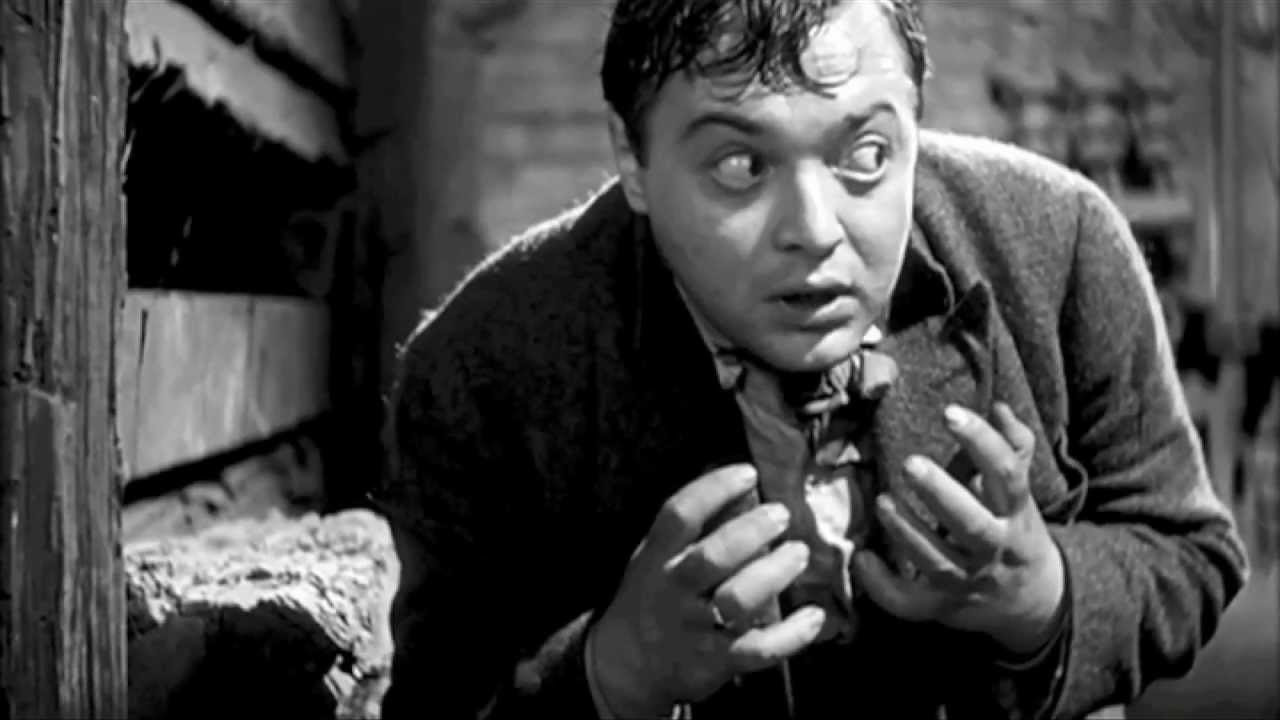How does “M” use sound and music?
Fritz Lang was already a renowned silent film director by 1930. His Metropolis (1927) was the most expensive film ever made at that point in cinema, and Lang was churning out more than a picture per year. Three films after Metropolis, Lang created M (1931), a film noir precursor that marked his first sound picture and one of his final films before his move to the United States. As one of the best-known émigrés from the German Expressionist film movement, Lang was dubbed the “Master of Darkness” by the British Film Institute and immortalized through his contributions to the form.
M is a transitional film in many ways, teetering between the realm of silent and talking pictures. It blends dialogue sequences with silent sequences containing music or sound effects. Lang edited the sound in the same manner as the visuals, using them sparingly and with control to achieve specific effects. When little Elsie is abducted early in the film, we hear the killer’s conversation with her along with his trademark whistle yet only see his shadow (ironically superimposed over a reward sign for his capture). The whistle follows throughout the film, standing as a lasting clue to the murderer’s presence before we ever see his face.
Following Elsie’s abduction, Lang develops a sequence of shots inter-cutting the murderer’s actions with the girl’s mother. Sound is the primary binding element in the shots. Elsie’s mother shouts her name, and with each yell we see an empty area where Elsie ought to be found under normal circumstances. Finally, the sequence finishes with shots of a ball rolling alone, and a balloon stuck in a telephone line, Elsie’s mother’s shouts growing more faint and distant. We know what has happened without seeing a thing, allowing imagination to run its unfortunate course while sound design carries the entire scene.

Critical Commons acutely explains Lang’s approach to sound in M as it applies to the killer, Hans Beckert (Peter Lorre), writing, “The expressive (rather than naturalistic) use of sound reflects his fluctuating emotional state. We initially hear some street and car noise, but as Hans fixates on the little girl the street noises disappear as we fixate on his delirium (and Peter Lorre’s gripping performance). When Elsie’s reflection disappears from the shop window, Hans’ trance is interrupted and we hear car and street noise again. As Hans stalks Elsie, his whistling alternates with the street noise such that neither drowns out the other. At the sidewalk cafe, the street noise again subsides while Hans struggles to suppress his urges and find solace by compulsively whistling Edvard Grieg’s ‘In the Hall of the Mountain King.’ Again, the design of the various sound elements functions less as a naturalist depiction of the urban environment than an expressionistic portrait of Hans’ fraught internal state.”
Lang regularly uses off-screen sound to explore danger beyond the frame of the film. We frequently hear something before we witness its source, and the delay builds our tense apprehension. Beckert’s whistle is a primary example—the melody is first linked with a nefarious deed, and with each recurrence we are left impatient to discover the details of the crime it announces. M is one of the first films to employ a leitmotif in this manner, linking a character to a piece of music, as is common in opera.

FilmSound explains another sequence in which Lang utilizes sound to collapse space and time, writing, “The famous scene of parallel action where Lang intercut two meetings. The police and the criminal underworld meet separately, and the leaders of both organizations discuss their frustrations about the child murderer and devise strategies for capturing him. Rather than simply relying on visuals parallel action, Lang cut on dialogue at one point, starting a sentence in police camp and ending it in the criminal meeting. The crosscutting is all driven by dialogue. The pace and character of the dialogue establish and carry us through this scene.”
Lang himself cited M as his best work. Criterion writes that his “use of that new instrument, the soundtrack, leaps at once past mere verisimilitude to evocation,” while also praising Lang’s cleverly controlled presentation of sound. Since M, the world of film has benefited from the profound, lasting influence of Lang’s creativity, ingenuity and structural approach in his first sound picture.

